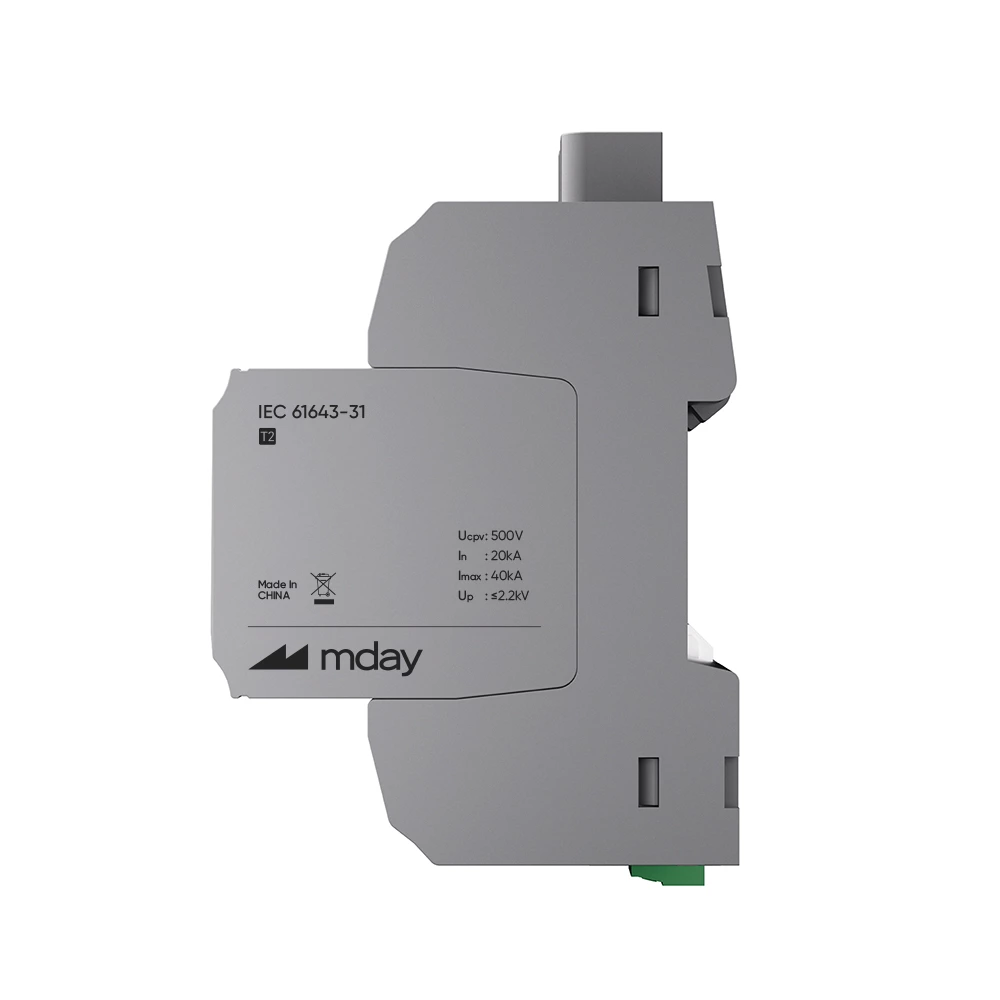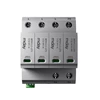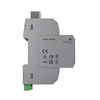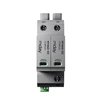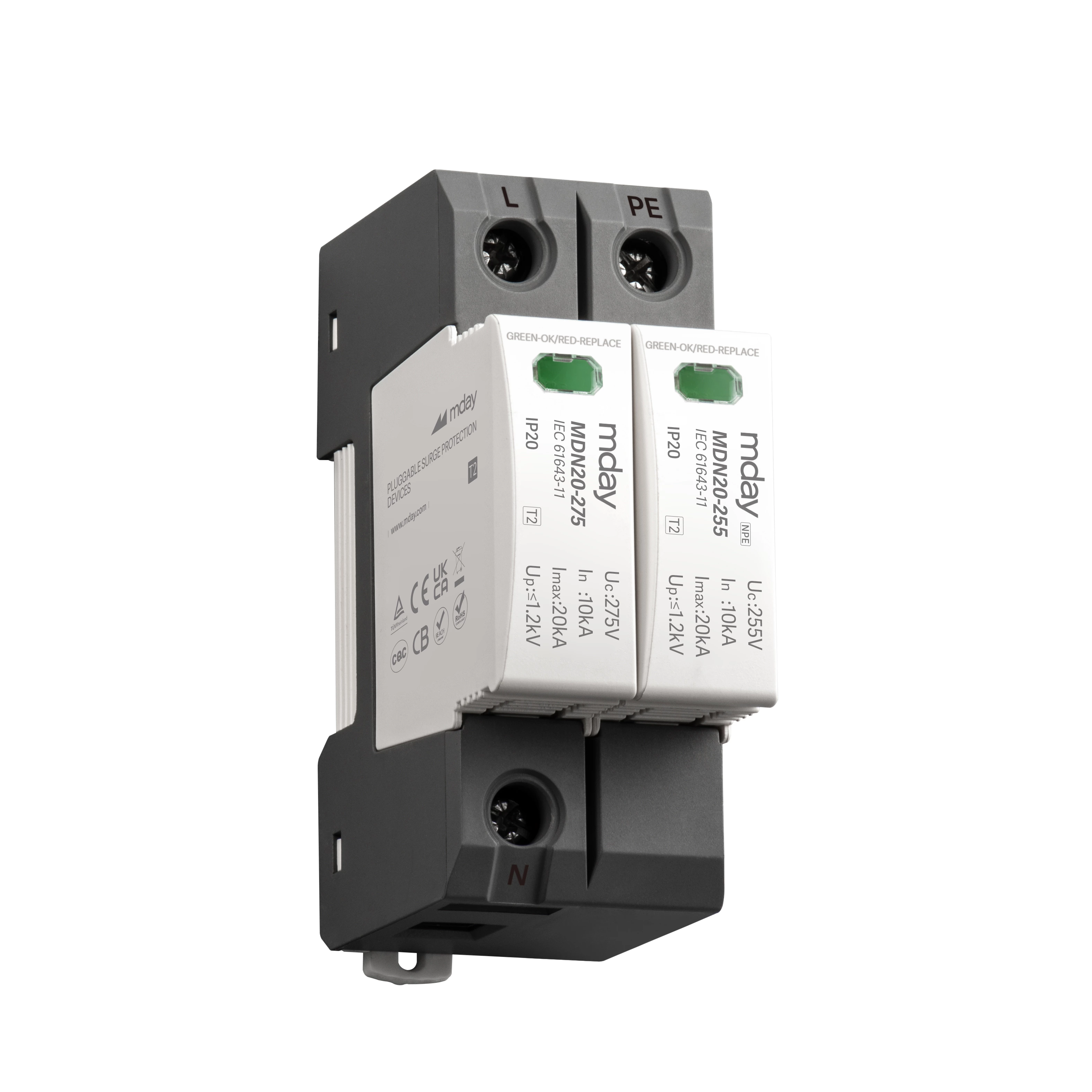Selection Steps For Surge Protectors In Distribution Boxes--understand The Standards And Avoid Getting Lost
Surge protector, also known as lightning arrester, surge protection device, SPD, etc., is an electronic device that provides safety protection for various electronic equipment, instruments and meters, and communication lines. Its function is to limit transient overvoltage and discharge surge current. It is generally connected in parallel to the main circuit. It usually has a high impedance property. When TOV appears in the circuit, it will be turned on and discharge surge current. At this time, it is in the conduction mode and can be regarded as a directly grounded wire. It can discharge the surge current in the main circuit to the ground wire. How to solve the selection of surge protector for distribution box?
Selection of surge protective device for distribution box? The surge protector in the distribution box can be divided into level 1, level 2 and level 3, with different parameters. The selection of surge protector is a topic of concern to distribution box manufacturers and technicians. The following Yizao Xiaobian will introduce it to you based on the provisions of the national standard.
National standard GB/T 18802.12 Section 6.2: SPD selection includes the following six steps:
1. Select SPD's Uc.UT.In.Iimp.Imax:
(1) Maximum continuous working voltage Uc: The maximum continuous working voltage Uc of the SPD should be ensured to be greater than the continuous working voltage Ucs of the power system;
(2) The UT value of the SPD should be higher than the temporary overvoltage (TOV) expected to occur on the back protection device due to a fault in the low-voltage system;
(3) In is related to the protection level Up, while Iimp and Imax are determined by the ability of the installation point to withstand.
2. Installation location of the SPD:
(1) Protection distance:
Selection of SPD for distribution box? In order to determine the location of the SPD (at the entrance, near the equipment, etc.), it is necessary to know the protection distance, that is, the acceptable distance between the SPD and the protected equipment that the SPD can provide adequate protection.
3. Selection of SPD for distribution box? Expected life and failure mode of SPD
(1) Expected life of SPD: mainly depends on the probability of surge exceeding the maximum discharge capacity of SPD; the actual life may be shorter or longer than the expected life, depending on the frequency of actual surge. In specific application cases, the expected life of SPD with higher Imax is greater than that of SPD with lower Imax, as long as it does not exceed the limit of SPD tolerance;
(2) SPD failure mode: the failure mode itself depends on the type of surge and overvoltage. If you want to avoid power supply interference or interruption, it is necessary to equip SPD with a dedicated backup protector SSD;
IV. Selection of surge protector for distribution box? Coordination of SPD and other equipment:
(1) Under normal conditions, the continuous working current (Ic) shall not cause any personal safety hazards (indirect contact, etc.) or interfere with other equipment. (It is advisable to choose a composite SPD with 0 leakage current, which is safer and has a longer service life of SPD).
(2) In the fault state, the SPD needs to be installed with a dedicated SPD backup protector so as not to interfere with other protection devices, such as RCD, fuses and circuit breakers. If the overcurrent protector is activated, the system power supply will be interrupted.
V. Selection of surge protector for distribution box? Selection of voltage protection level Up:
When selecting the appropriate voltage protection level value of SPD, the surge tolerance of the protected equipment (or the impact immunity of key equipment) and the nominal voltage of the system should be considered. The lower the voltage protection level value, the better its protection performance;
VI. Selection of surge protector for distribution box? Selection of coordination between SPD and other SPDs:
Some applications require two or more SPDs to reduce the electrical stress of the protected equipment to an acceptable value (lower Up) and reduce the transient current in the building. Based on the energy tolerance values of the two SPDs, coordination is necessary to obtain acceptable electrical stress distribution.
The selection steps of surge protectors in the national standard GB/T 18802.12 tend to be more focused on the practical application of surge protectors in distribution boxes. In summary, in the above six steps, we need to select a composite surge protector with 0 follow-on current. Because there is no follow-on current, it will not cause the previous switch to operate, and the power supply will continue uninterrupted. Select products with large flow rates for longer service life. Under the same parameter conditions, select an SPD with a lower Up for better protection. In the same circuit, it is advisable to select a surge protector with automatic energy coordination function, which can achieve good coordination and make on-site installation more convenient. Equipped with a professional surge backup protector SSD to ensure that lightning protection is continuously effective!
